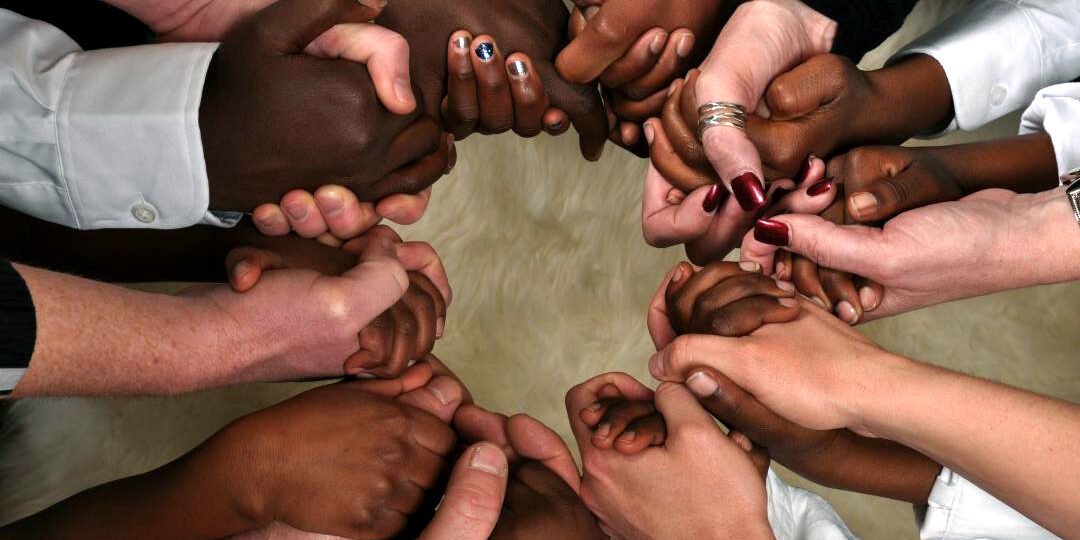Why belong?
That’s what lots of people are asking themselves these days. And it’s what people interested in the wellbeing of religious communities should be asking, as well. Why do people find this place compelling? What makes it worth investing time and energy?
As Easter and Passover approach, newspapers are doing their annual nod in the direction of religious life, and the New York Times published a column that perfectly captured the ambiguity surrounding religious belonging that many Americans feel. Margaret Renkl, a lifelong Catholic recounted the way her doubt – and her faith — expanded in her young adult years, how she and her husband recommitted with the birth of their child, and how the 2016 election disturbed her so deeply that she can’t bear to think about all the ways Christians and churches have brought us to this place.
And yet, she says, she will be back for Easter this year. The reasons point to the fabric of life that constitutes the culture of a congregation.
I don’t miss the stained glass. I don’t miss the gleaming chalice or the glowing candles or the sweeping vestments. But I do miss being part of a congregation. I miss standing side by side with other people, our eyes gazing in the same direction, our voices murmuring the same prayers in a fallen world. I miss the wiggling babies grinning at me over their parents’ shoulders. I miss reaching for a stranger to offer the handshake of peace. I miss the singing.
Some people, of course, would miss the stained glass and the gleaming chalice. Those material objects and the space that surrounds them can be powerful embodiments of the sacred that can tie a person to a congregation. What she does miss is also very embodied – touch, gaze, wriggling, murmurs. That, too, is a part of what ties people to a congregation. It is relationships with both strangers and friends and family. And it is things done together – standing together, gazing together, singing together.
Students of congregational life can learn a lot here. There are deep patterns of engagement that weave lives together in the culture of a congregation. Sometimes the person who has been gone for the last year may be just the person to ask about what they are.

